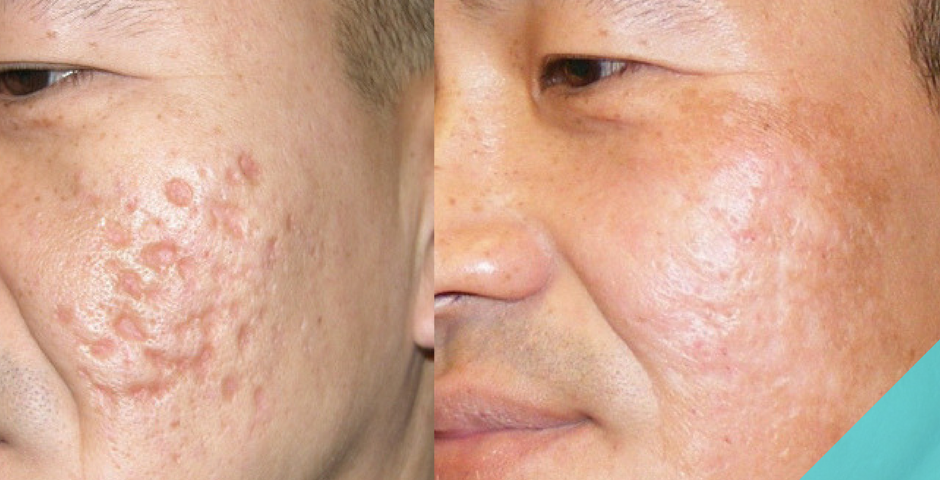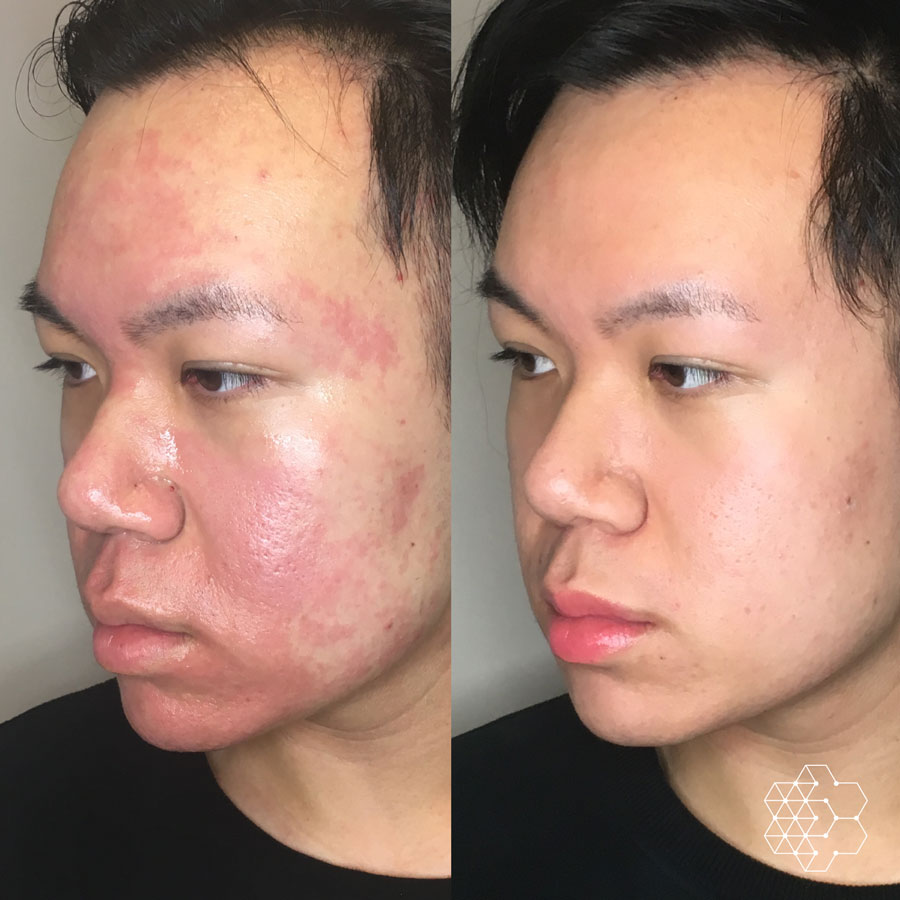Finest Acne Scars Treatment: Advanced Techniques for Easier Skin
Finest Acne Scars Treatment: Advanced Techniques for Easier Skin
Blog Article
Exploring Skin Disease: Dealing With and recognizing Acne Scars for Healthier Skin
Acne marks stand for a significant problem for individuals seeking to keep healthy skin, as they can impact both appearance and self-confidence. Recognizing the different kinds of scars, from atrophic to hypertrophic, is essential for determining suitable therapy choices. While professional treatments like chemical peels and microneedling can be effective, the importance of personalized treatment plans can not be overstated. In addition, preventative steps play a vital role in decreasing future scarring. As we discover these elements, one need to take into consideration exactly how the right approach can cause transformative outcomes.
Understanding Acne Scars

The body's all-natural healing process can lead to either atrophic marks, which look like clinical depressions in the skin, or hypertrophic scars, which are raised and arise from overflow of collagen. In addition, the psychological toll of acne scars should not be ignored; lots of individuals report feelings of humiliation, stress and anxiety, and decreased self-esteem. This psychological problem can influence social communications and overall lifestyle.
Dealing with acne marks needs a thorough understanding of their formation and effect. Awareness of the potential for lasting consequences linked with unattended scars can motivate individuals to seek suitable therapies. Early treatment and reliable monitoring techniques can significantly boost skin appearance and improve emotional resilience, emphasizing the relevance of comprehending the intricacies bordering acne scars.
Sorts Of Acne Marks
Acne scars can be categorized into unique types, each displaying distinct characteristics and needing specific therapy strategies. acne and acne scars treatment. The primary kinds of acne marks include atrophic, hypertrophic, and keloid scars

Hypertrophic scars, on the other hand, are raised over the skin degree and are the result of extreme collagen production during the healing procedure. They generally stay within the boundaries of the initial acne lesion. Keloid scars are comparable however expand beyond the original injury website, developing bigger, elevated locations that can be scratchy or unpleasant.
Understanding these sorts of marks is essential for picking appropriate treatment choices. Different scars might react much better to details therapies, such as laser treatments, fillers, or surgical treatments, highlighting the importance of a customized approach to acne scar monitoring.
Identifying Your Marks
When evaluating the look of your skin, it is crucial to accurately determine the kind of scars existing, as this will certainly educate the most effective therapy method. Acne marks usually fall into 2 classifications: atrophic and hypertrophic marks. Atrophic scars, which are the most typical, look like anxieties or impressions on the skin. These can better be classified right into ice-pick scars, boxcar scars, and rolling scars, each displaying distinctive qualities and calling for different methods for evaluation.
Hypertrophic scars, on the various other hand, are increased and take place due to too much collagen production during the internet recovery procedure. Acknowledging the specific features of your scars-- such as structure, size, and depth-- is vital for appropriate identification (acne scars treatment). In addition, take into consideration the circulation of marks throughout your skin, as this can suggest the extent and period of the acne condition
Engaging with a skin doctor can supply beneficial understandings right find this into the nature of your scars, assisting in the differentiation in between different types. A thorough understanding of your marks will inevitably result in a much more customized and efficient therapy plan, making certain a clearer and much healthier skin.
Therapy Choices Offered
Determining the details kind of acne marks existing on your skin prepares for exploring effective therapy choices. Common kinds of acne marks consist of atrophic (depressed), hypertrophic (raised), and post-inflammatory erythema.
For atrophic scars, choices such as chemical peels, microneedling, and laser resurfacing are widely utilized. Chemical peels off utilize acids to remove the external layer of skin, advertising new cell development. Microneedling entails tiny needles that produce micro-injuries, boosting collagen production. Laser resurfacing targets damaged skin cells, boosting texture and tone.
Hypertrophic scars can be treated with corticosteroid shots to flatten the scar or laser therapy to decrease soreness and improve look. Silicone gel sheets and stress dressings may likewise help in managing elevated marks.
Furthermore, facial fillers can briefly complete anxieties from atrophic scars, while surgical excision might be ideal for extreme situations. Each treatment alternative has its benefits and factors to consider, making it necessary to talk to a skin doctor. They can supply tailored referrals based upon the type and severity of your scars, as well as your skin type and general health and wellness.
Tips for Prevention
Reliable prevention techniques can substantially minimize the likelihood of establishing acne scars. get redirected here Using non-comedogenic products aids avoid clogged pores, which can intensify acne.
Staying clear of need to pop or choose acne lesions is critical, as this can bring about deeper skin damage and enhance the risk of scarring. Rather, take into consideration utilizing a cold compress or over-the-counter therapies to minimize swelling and inflammation.
Sunlight defense is one more important aspect of avoidance; ultraviolet (UV) rays can darken marks and impede the healing procedure. Applying a broad-spectrum sun block with at the very least SPF 30 daily can shield the skin and advertise also recovery.
Finally, maintaining a well balanced diet abundant in vitamins, minerals, and anti-oxidants sustains skin wellness and recovery. Staying moisturized and managing stress levels can also play a considerable role in lowering acne flare-ups. By carrying out these methods, individuals can significantly reduce their possibilities of establishing acne scars.
Verdict
In conclusion, understanding and recognizing acne scars is essential for effective therapy and accomplishing healthier skin. Numerous types of acne scars, consisting of hypertrophic and atrophic marks, necessitate specific interventions tailored to individual demands.
The body's natural recovery process can result in either atrophic marks, which appear as clinical depressions in the skin, or hypertrophic marks, which are elevated and result from overproduction of collagen. They are further divided into 3 subtypes: ice pick scars, boxcar marks, and rolling marks. Acne marks usually drop into two categories: atrophic and hypertrophic scars. These can further be identified into ice-pick scars, boxcar scars, and rolling marks, each showing unique qualities and requiring various strategies for evaluation.
Various types of acne scars, consisting of atrophic and hypertrophic marks, necessitate details treatments customized to specific requirements.
Report this page